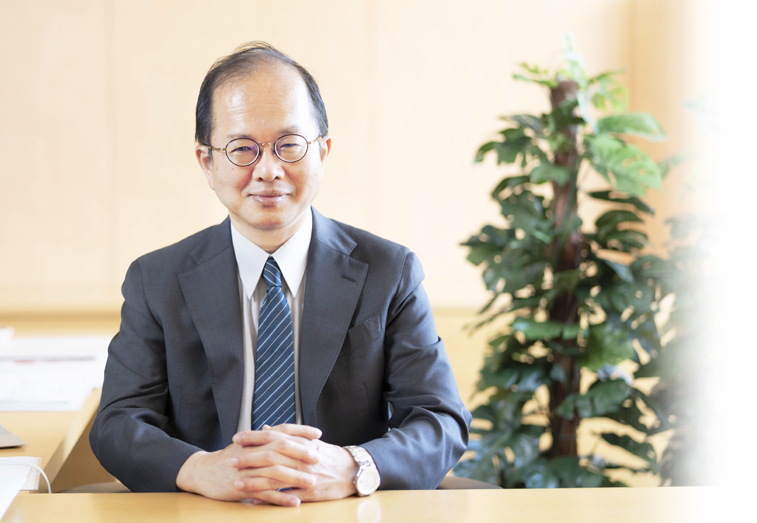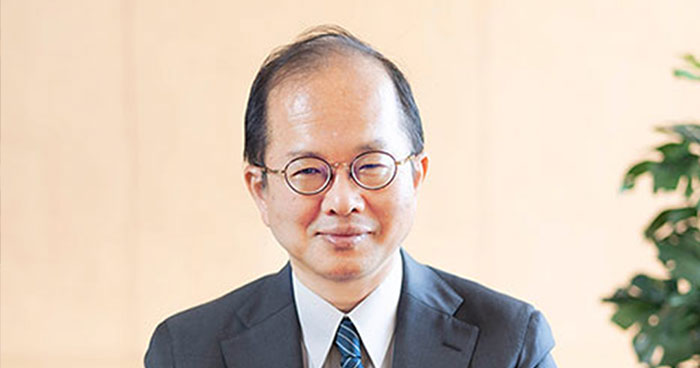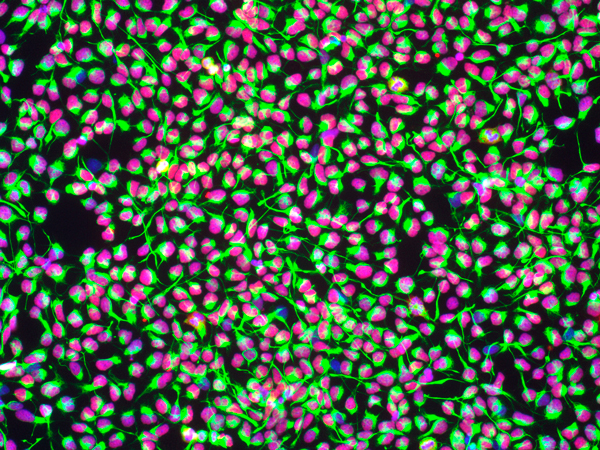
Team Director
Ryoichiro Kageyama
M.D., Ph.D.
Laboratory for Neural Stem Cell Research
LocationKobe / Developmental Biology Buildings
E-mailryoichiro.kageyama@riken.jp
We are analyzing the regulatory mechanism of proliferation and differentiation of neural stem cells (NSCs). Embryonic NSCs proliferate intensively and give rise to various types of neurons and glial cells, thereby forming complex brain structures, whereas adult NSCs lose such proliferation and differentiation competencies and therefore cannot regenerate diseased or damaged brain tissues. We aim to elucidate the genetic-level differences between embryonic and adult NSCs and establish the technical basis for brain tissue regeneration.
Research Theme
- Neural stem cell
- Neural regeneration
- Adult neurogenesis
Selected Publications
Isomura A, Kageyama R.
Progress in understanding the vertebrate segmentation clock
Nature Reviews Genetics
(2025)
doi: 10.1038/s41576-025-00813-6
Shimojo H, Masaki T, Kageyama R.
The Neurog2-Tbr2 axis forms a continuous transition to the neurogenic gene expression state in neural stem cells.
Developmental Cell
59(15), 1913-1923 (2024)
doi: 10.1016/j.devcel.2024.04.019
Maeda Y, Isomura A, Masaki T, Kageyama R.
Differential cell-cycle control by oscillatory versus sustained Hes1 expression via p21.
Cell Reports
42(5), 112520 (2023)
doi: 10.1016/j.celrep.2023.112520
Kageyama R.
In retrospect: 25 years of the segmentation clock gene
Nature
611, 671-673 (2022)
doi: 10.1038/d41586-022-03562-2
Kaise T, Fukui M, Sueda R, et al.
Functional rejuvenation of aged neural stem cells by Plagl2 and anti-Dyrk1a activity
Genes and Development
36, 23-37 (2022)
doi: 10.1101/gad.349000.121
Matsuda M, Hayashi H, Garcia-Ojalvo J, et al.
Species-specific segmentation clock periods are due to differential biochemical reaction speeds.
Science
369(6510), 1450-1455 (2020)
doi: 10.1126/science.aba7668
Yoshioka-Kobayashi K, Matsumiya M, Niino Y, et al.
Coupling delay controls synchronized oscillation in the segmentation clock.
Nature
580(7801), 119-123 (2020)
doi: 10.1038/s41586-019-1882-z
Diaz-Cuadros M, Wagner DE, Budjan C, et al.
In vitro characterization of the human segmentation clock.
Nature
580(7801), 113-118 (2020)
doi: 10.1038/s41586-019-1885-9
Sueda R, Imayoshi I, Harima Y, Kageyama R.
High Hes1 expression and resultant Ascl1 suppression regulate quiescent vs. active neural stem cells in the adult mouse brain.
Genes & Development
33(9-10), 511-523 (2019)
doi: 10.1101/gad.323196.118
Kawaguchi K, Kageyama R, Sano M.
Topological defects control collective dynamics in neural progenitor cell cultures.
Nature
545(7654), 327-331 (2017)
doi: 10.1038/nature22321
Members
Ryoichiro Kageyama
Team Director





